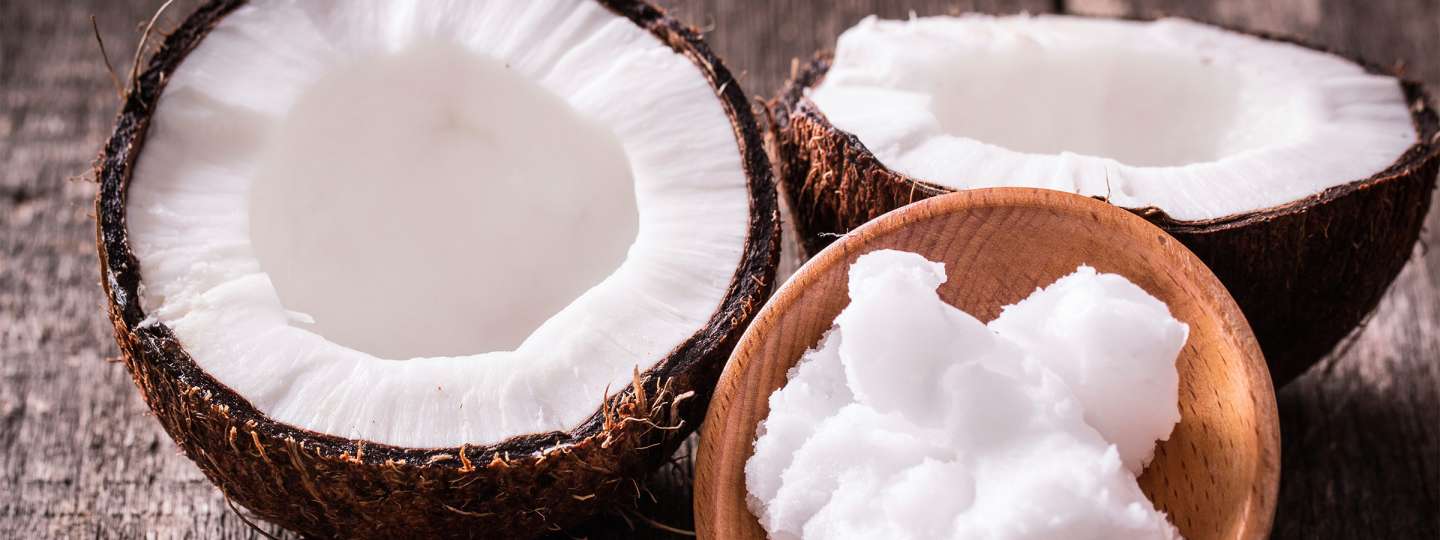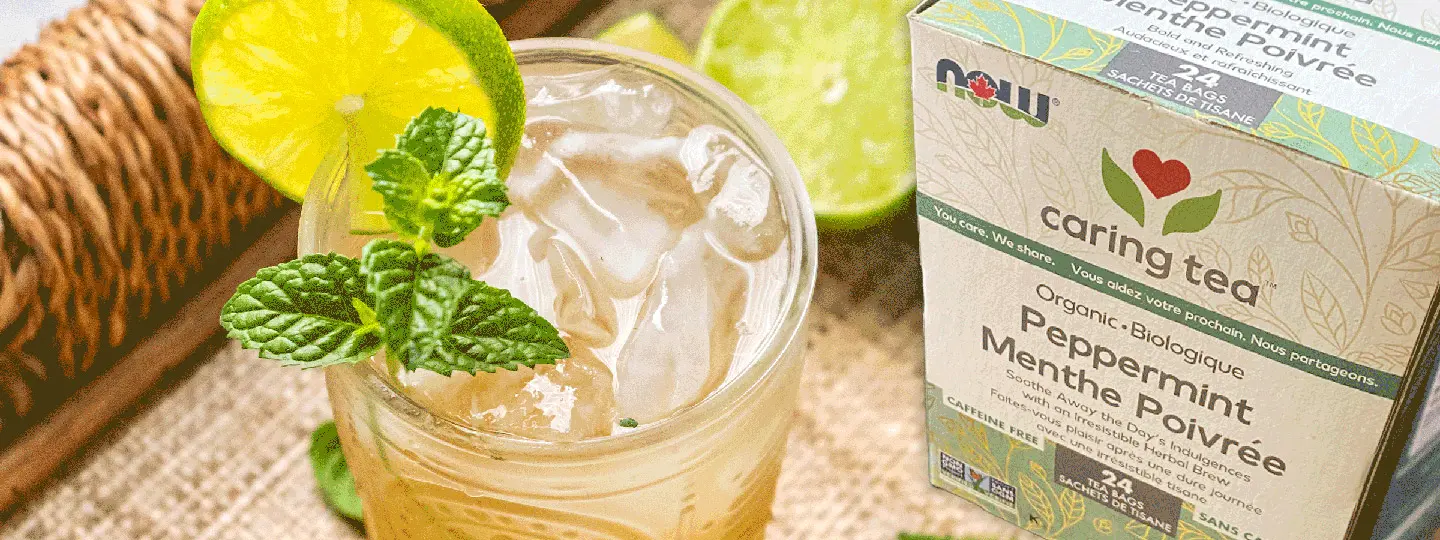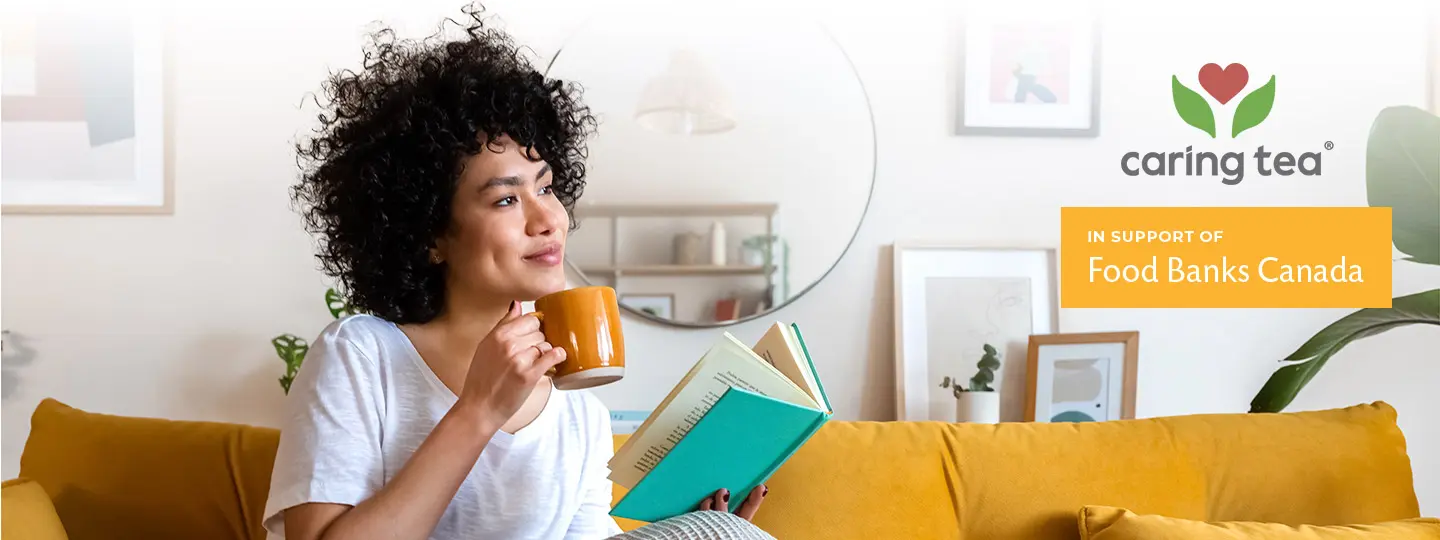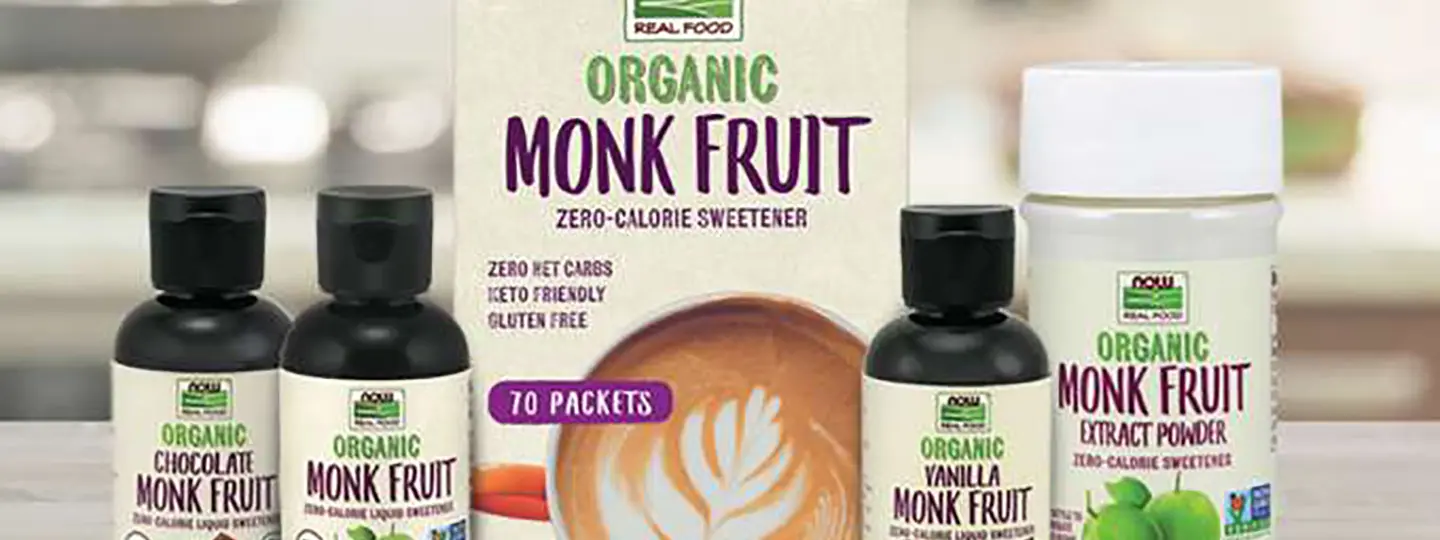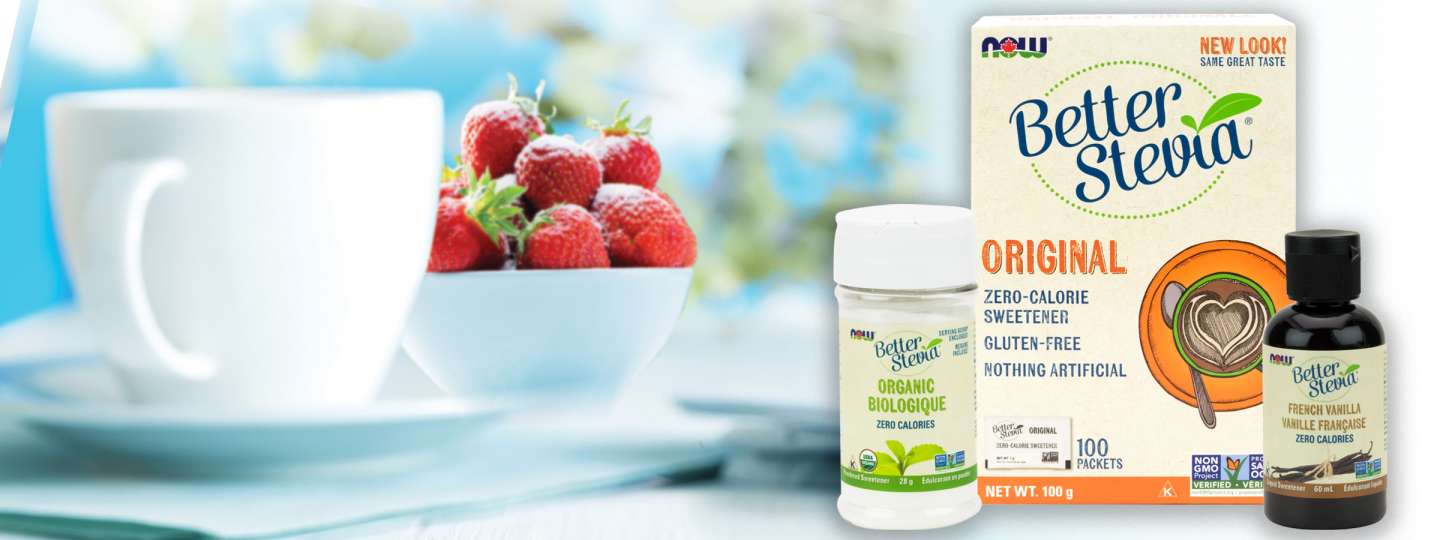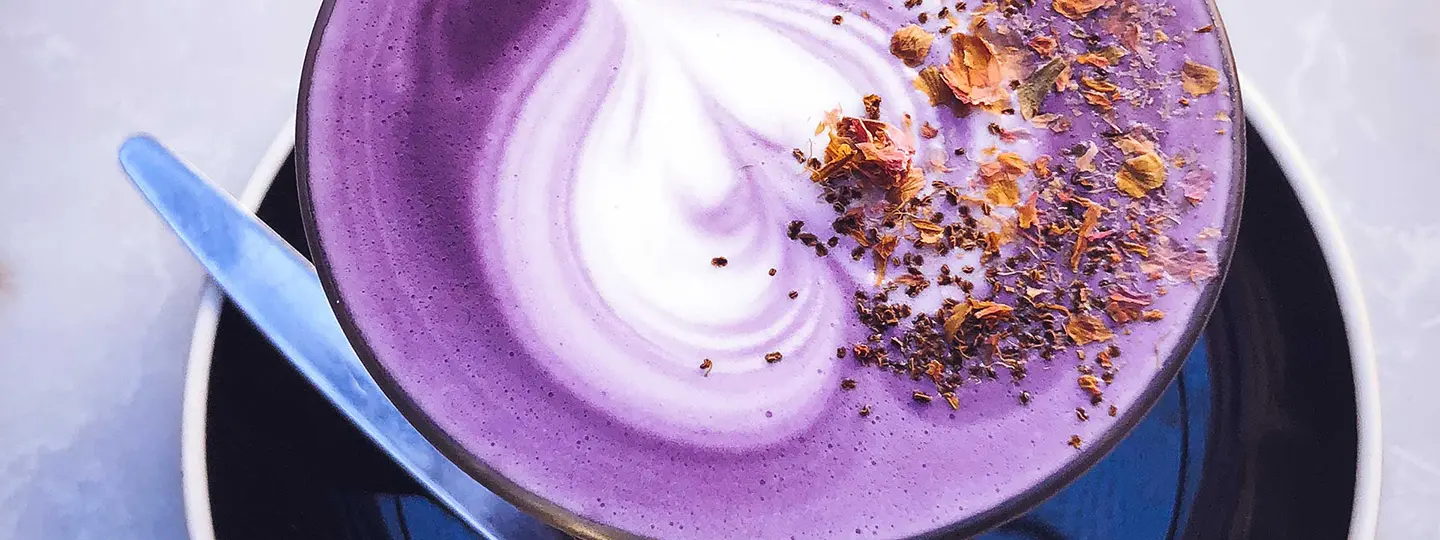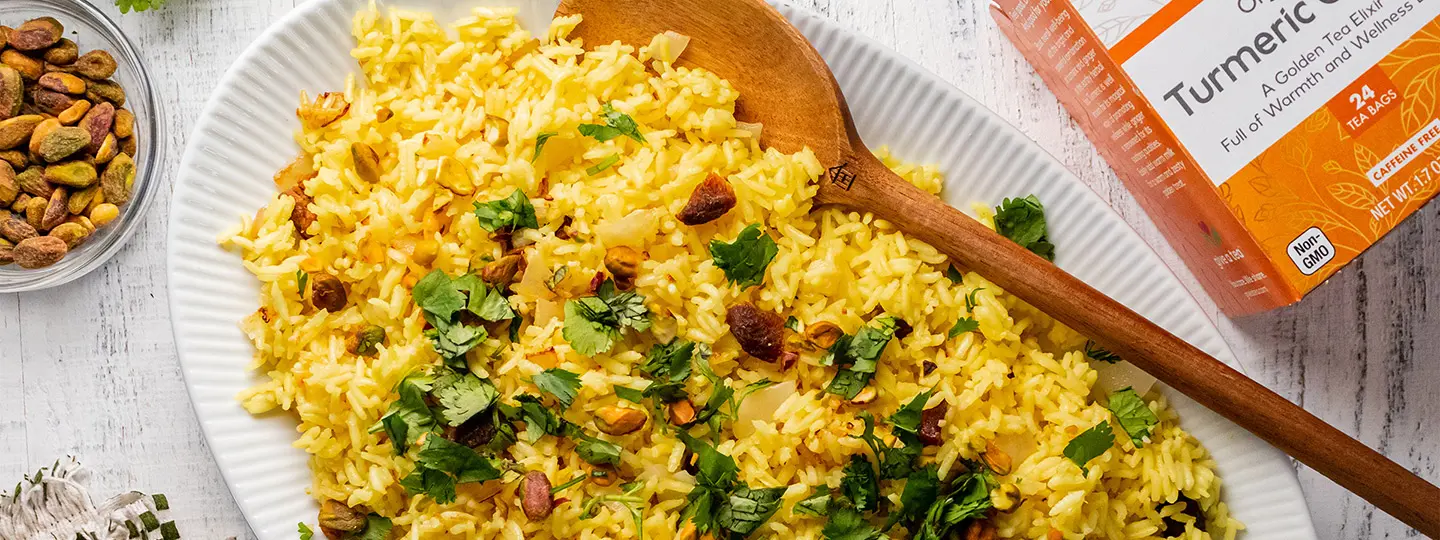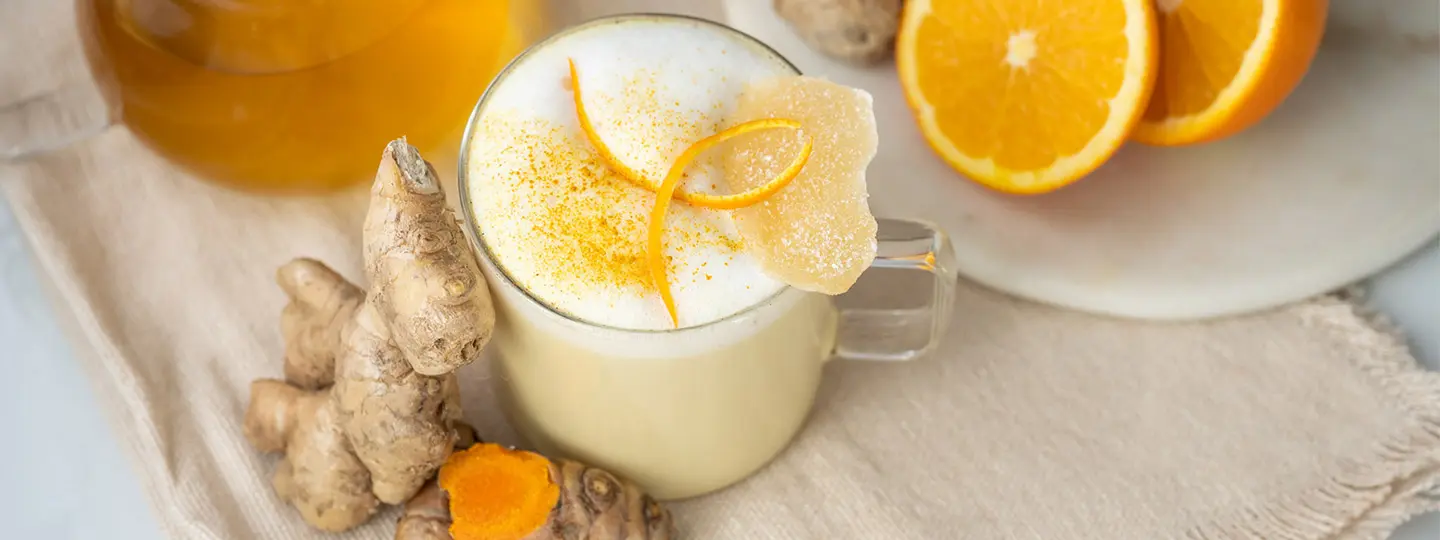Coconut Oil FAQs
How is organic virgin coconut oil made?
Fresh coconuts are harvested by hand and the coconut meat is quickly dried with hot air to remove water, which helps to inhibit bacteria and mold activity. The coconut meat is then mechanically crushed and pressed without the use of excessive heat or solvents.
This natural process retains the fresh aroma and taste of real coconut. The coconuts, and the entire oil expression process, have been certified organic by a third party, USDA-approved certifying agency. This ensures the production of the highest quality organic virgin coconut oil. NOW® Organic Virgin Coconut Oil (glass bottle), Organic Virgin Coconut Oil (plastic bottle) and Organic Virgin Coconut Oil softgels are non-GMO (non-genetically modified) and have no harmful trans-fats.
Are all coconut oils alike?
No. Most commercial-grade coconut oils are made from coconut meat that has been sun-dried, or dried with smoke and/or high heat. The resulting product is called copra. Much of this copra is handled in a non-hygienic manner, causing it to be more susceptible to mold and bacterial contamination. The copra is pressed and the resulting oil is typically refined, bleached, and deodorized (RBD) in order to purify it and make it suitable for cosmetic or food use.
Unlike our organic virgin coconut oil, these RBD-refined copra oils do not have the fresh coconut taste or aroma, and do not qualify as ‘organic’ under USDA standards. Our oil is non-GMO and third-party certified as meeting USDA’s organic standards.
What is so special about virgin coconut oil?
Virgin coconut oil is one of the most abundant plant sources of naturally-occurring medium chain triglycerides (MCTs) such as caprylic, capric, and lauric acids. Although these MCTs are considered saturated fats, they’re not digested like longer-chain saturated fats. MCTs are quickly absorbed directly from the intestines without the need for enzymatic breakdown or bile salts, and transferred into the portal vein, where they’re delivered to the liver and burned as fuel for instant energy. They’re easy to digest, and very little is stored as fat, making them a good choice for those with sensitive digestion.
By comparison, the longer-chain saturated fats from other foods require more energy just to digest them. They require pancreatic enzymes to break them down, as well as bile salts to be absorbed. After being absorbed into the intestinal wall, they must be transported through the lymphatic system and incorporated into lipoprotein carriers, then secreted into the bloodstream and circulated throughout the body. Whatever the body doesn’t use at the cellular level is typically stored as body fat.
It’s no wonder a high percentage of the saturated fat in mother’s milk is in the form of high energy, efficiently burned MCTs.* It is believed that another function of MCTs in mother’s milk is to act as a protective factor. Of the several fatty acids that comprise the MCTs of virgin coconut oil, research has shown lauric acid to be an effective supporter of the immune system. Research indicates that lauric acid and its monoglyceride form monolaurin exert this effect via several mechanisms of action. Our organic virgin coconut oil has an average variable amount of 50% lauric acid.
Why does organic virgin coconut oil sometimes have white clumps and why is the oil sometimes liquid and sometimes solid?
These are natural characteristics of coconut oil. Coconut oil melts at about 78° F, so at normal room temperature it will be solid. Putting the bottle in some warm water or near a warm air source will heat it above the temperature needed to liquefy it. This change from liquid to solid and back again does not affect the quality of the oil in any way.
You may see clumps in partially melted coconut oil. These clumps are simply the natural crystalline structure of the saturated fats when they’re near the approximately 78° F melting point; different fatty acids may melt at slightly different temperatures. When the temperature of the oil is above the melting point, the product will typically become completely liquid with no clumping. As the oil cools you will again see natural clumping as crystallization occurs. However, the melting point partially depends on the presence of impurities that trigger crystallization, so a virgin coconut oil may remain liquid at slightly lower temperatures when fewer impurities are present.
Is this product tested for purity?
Yes. To ensure the highest quality available, NOW’s organic virgin coconut oil is tested for fatty acid profile, free fatty acid levels, peroxide value, specific gravity, refractive index, and other oil stability indicators, as well as for pathogens, yeast and molds, and heavy metals.
What heat level is your organic coconut oil exposed to during the extraction process?
In humid countries, the sun-drying of oil seeds with a high moisture content, such as mature coconut, is typically slow and inefficient (e.g., copra). Such conditions promote mold growth (which could result in safety concerns), high free fatty acid levels, and poor quality oils. To prevent this, the coconut “meat” is quickly hot air dried (70-80° C), then mechanically crushed and pressed without the use of excessive heat, solvents, or chemical refining. This natural process retains the fresh aroma, taste, and qualities of fresh coconut in organic virgin coconut oil.

